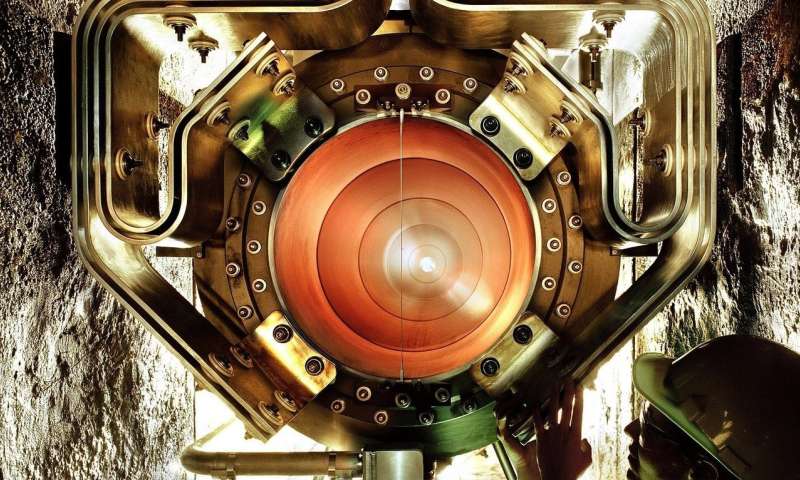

Could a small ringlike structure made of plastic and copper amplify the already powerful imaging capabilities of a magnetic resonance imaging (MRI) machine? Xin Zhang, Stephan Anderson, and their team at the Boston University Photonics Center can clearly picture such a feat. With their combined expertise in engineering, materials science, and medical imaging, Zhang and Anderson, along with Guangwu Duan and Xiaoguang Zhao, designed a new magnetic metamaterial, reported in Communications Physics, that can improve MRI quality and cut scan time in half.
More information >>
A team of researchers affiliated with several institutions in Spain and the U.S. has announced that they have discovered a new property of light—self-torque. In their paper published in the journal Science, the group describes how they happened to spot the new property and possible uses for it.
More detail >>
Scientists from RIKEN and the University of California San Diego, in collaboration with international partners have found a way to significantly reduce the amount of energy required by organic light emitting diodes (OLEDs). OLEDs have attracted attention as potential replacements for liquid crystal diodes, since they offer advantages such as being flexible, thin, and not requiring backlighting.
More information >>
A team of researchers working on the LHCb collaboration has found evidence showing that a pentaquark they have observed has a molecule-like structure. In their paper published in the journal Physical Review Letters, the group describes the evidence and the structure of the pentaquark they observed.
More information >>
Some of the greatest unanswered questions about the nature of the universe are related to light, the vacuum (i.e. space where neither matter nor radiation exists), and their relationship with time. In the past, physicists and philosophers have addressed a variety of complex questions, for instance, what is the nature of the vacuum, and how is the propagation of light connected to the passing of time?
More detail >>

Neutrinos come in three flavours made up of a mix of three neutrino masses. While the differences between the masses are known, little information was available about the mass of the lightest species until now.
More detail >>